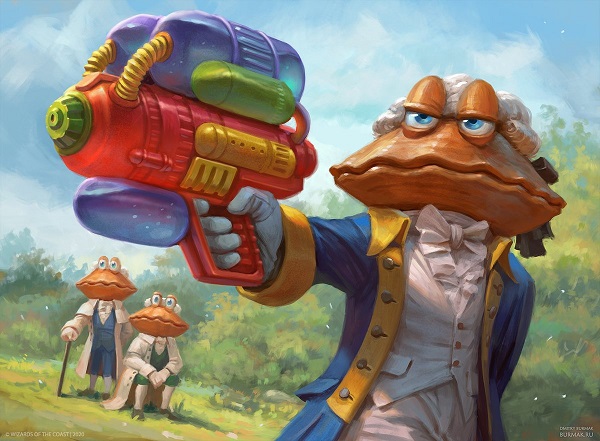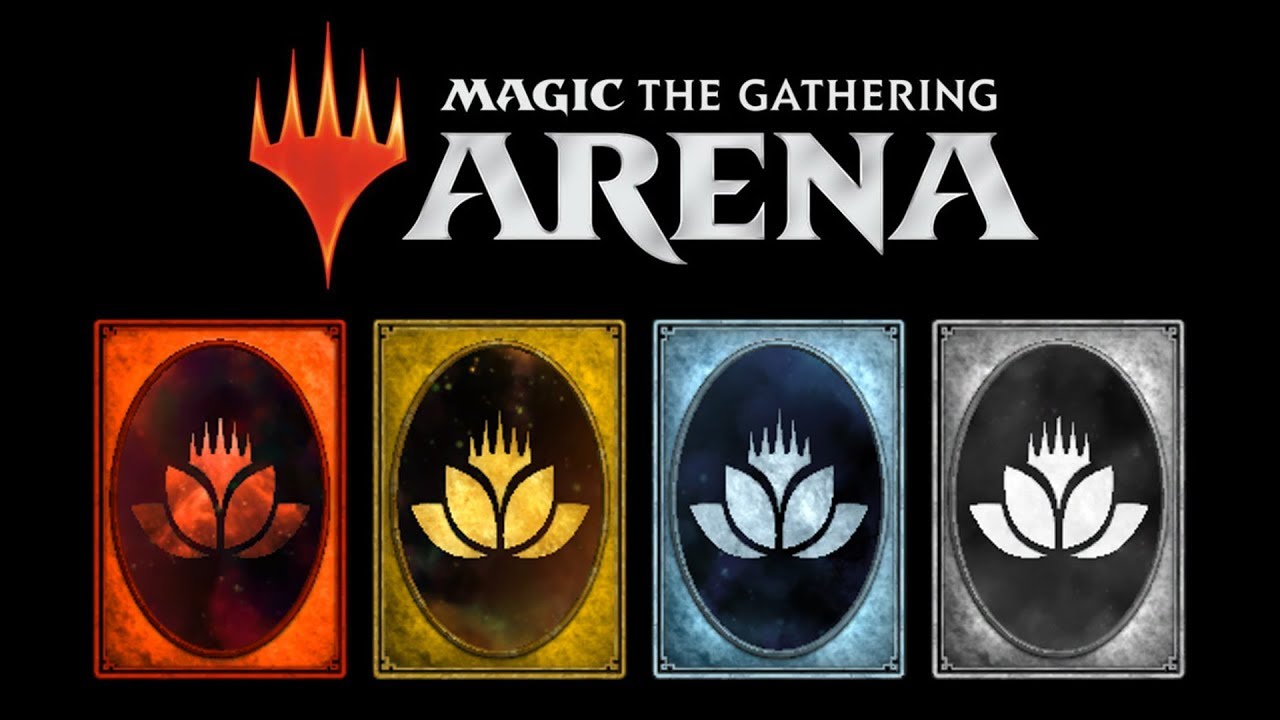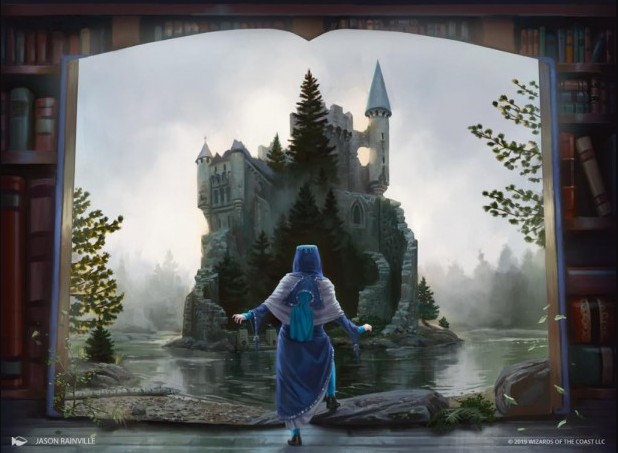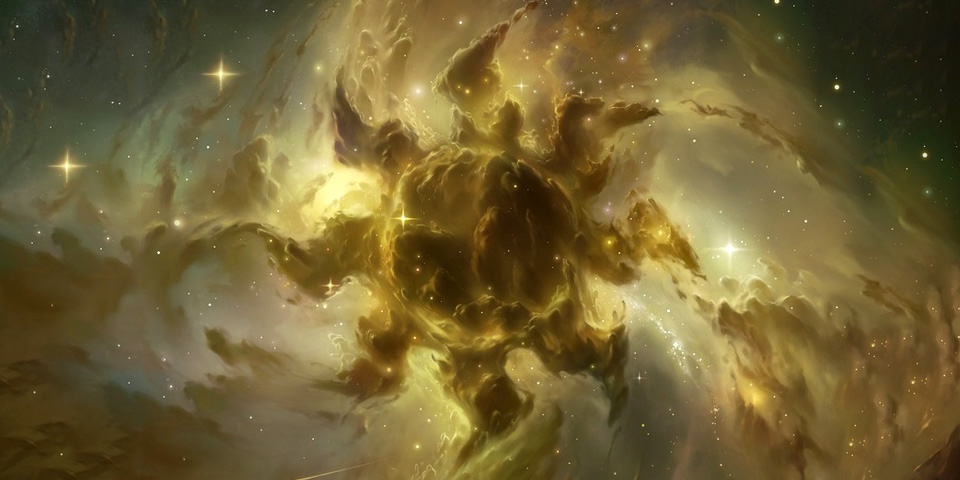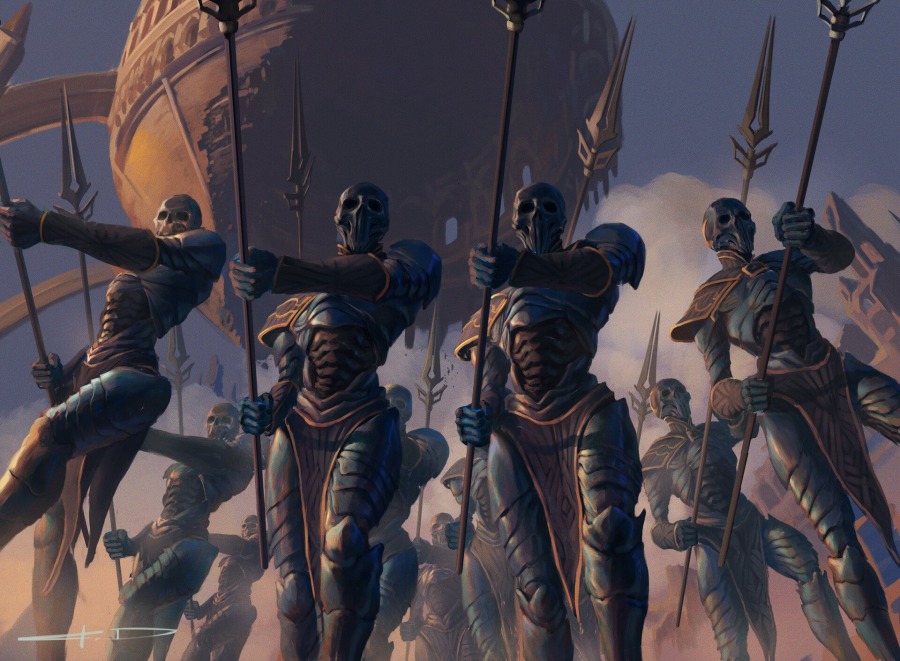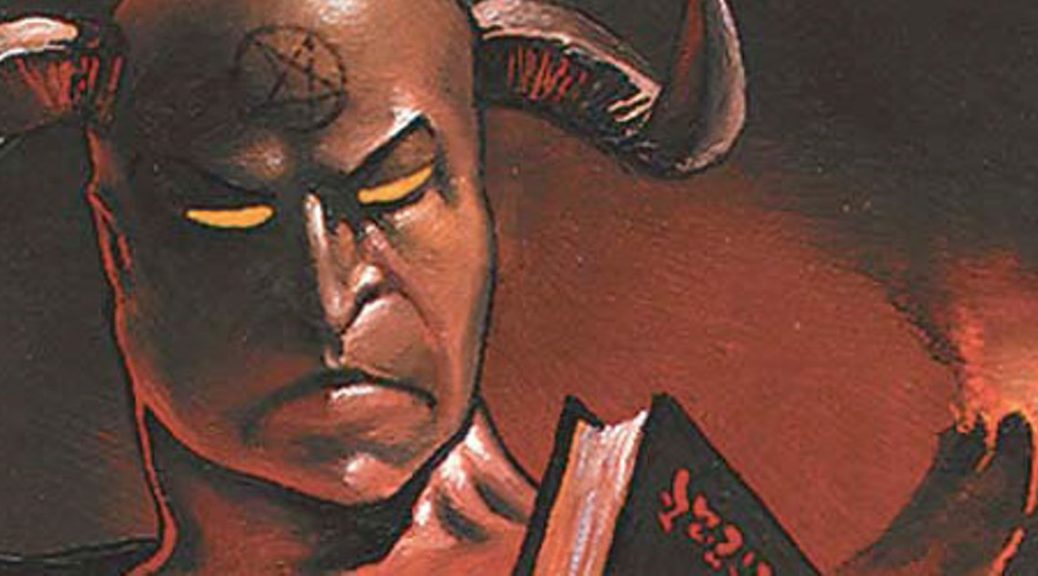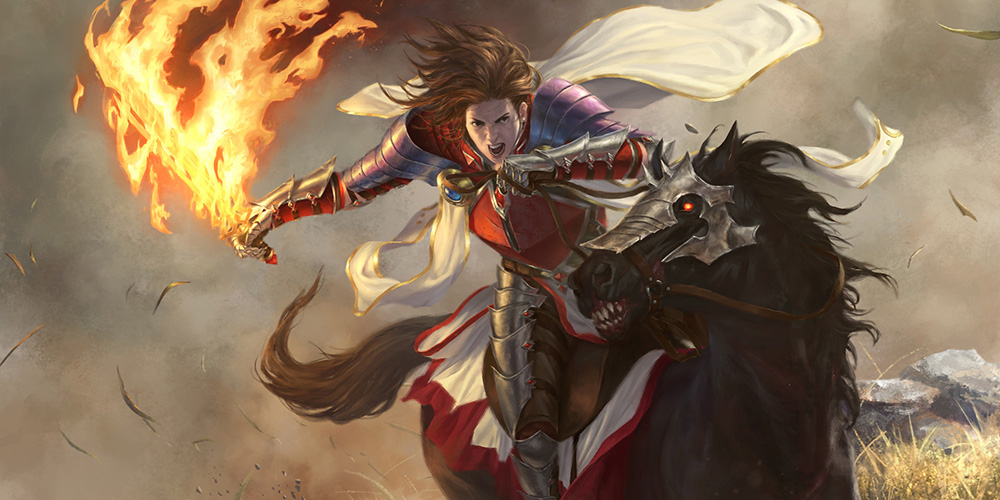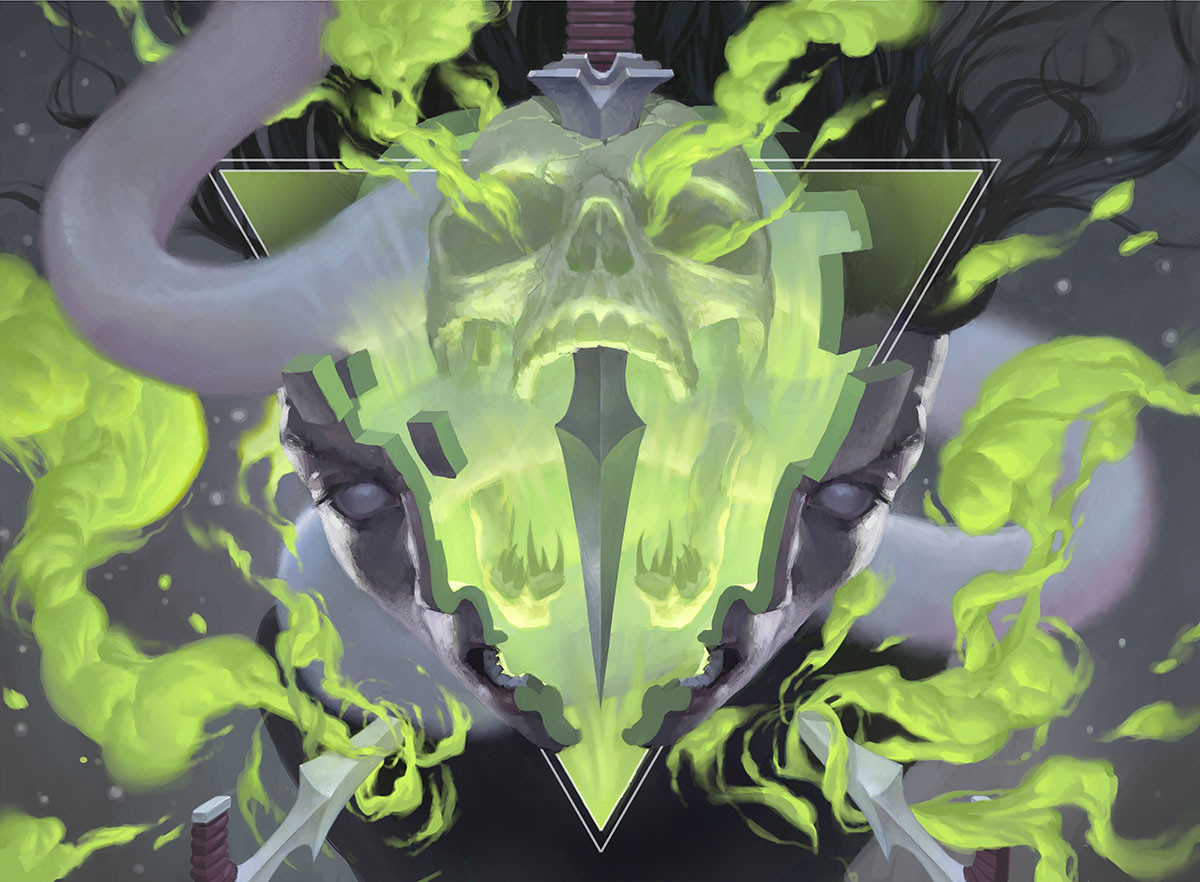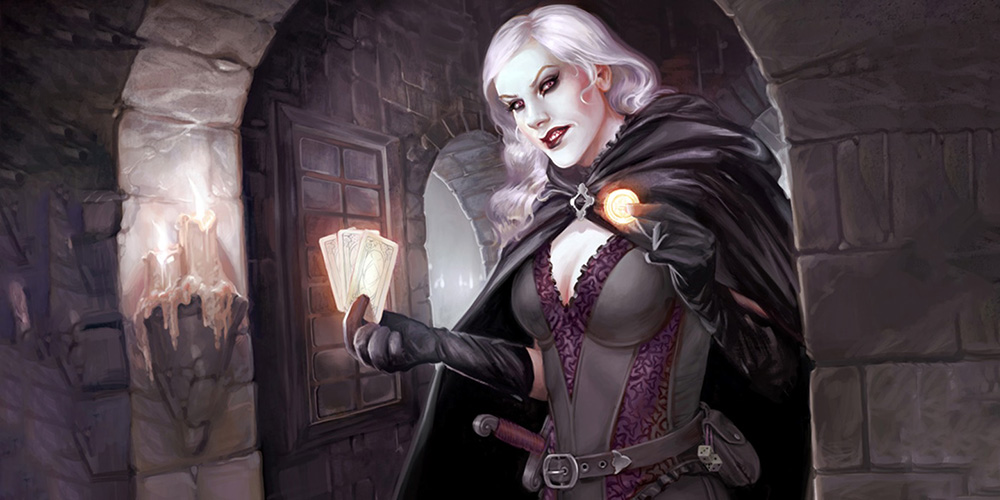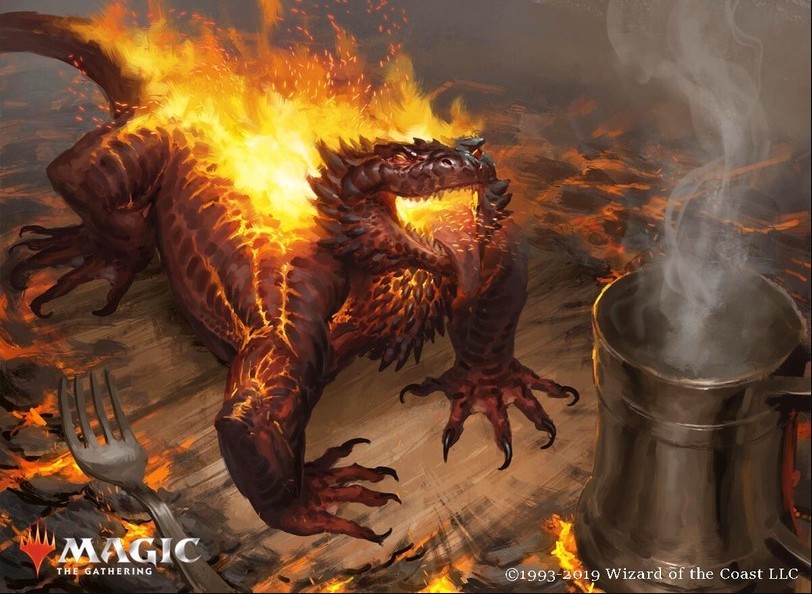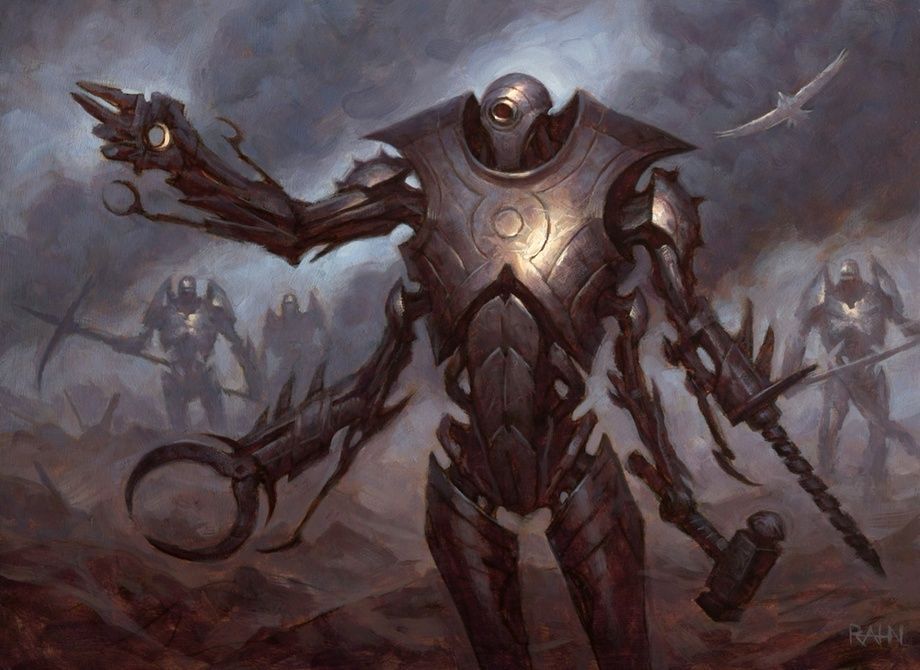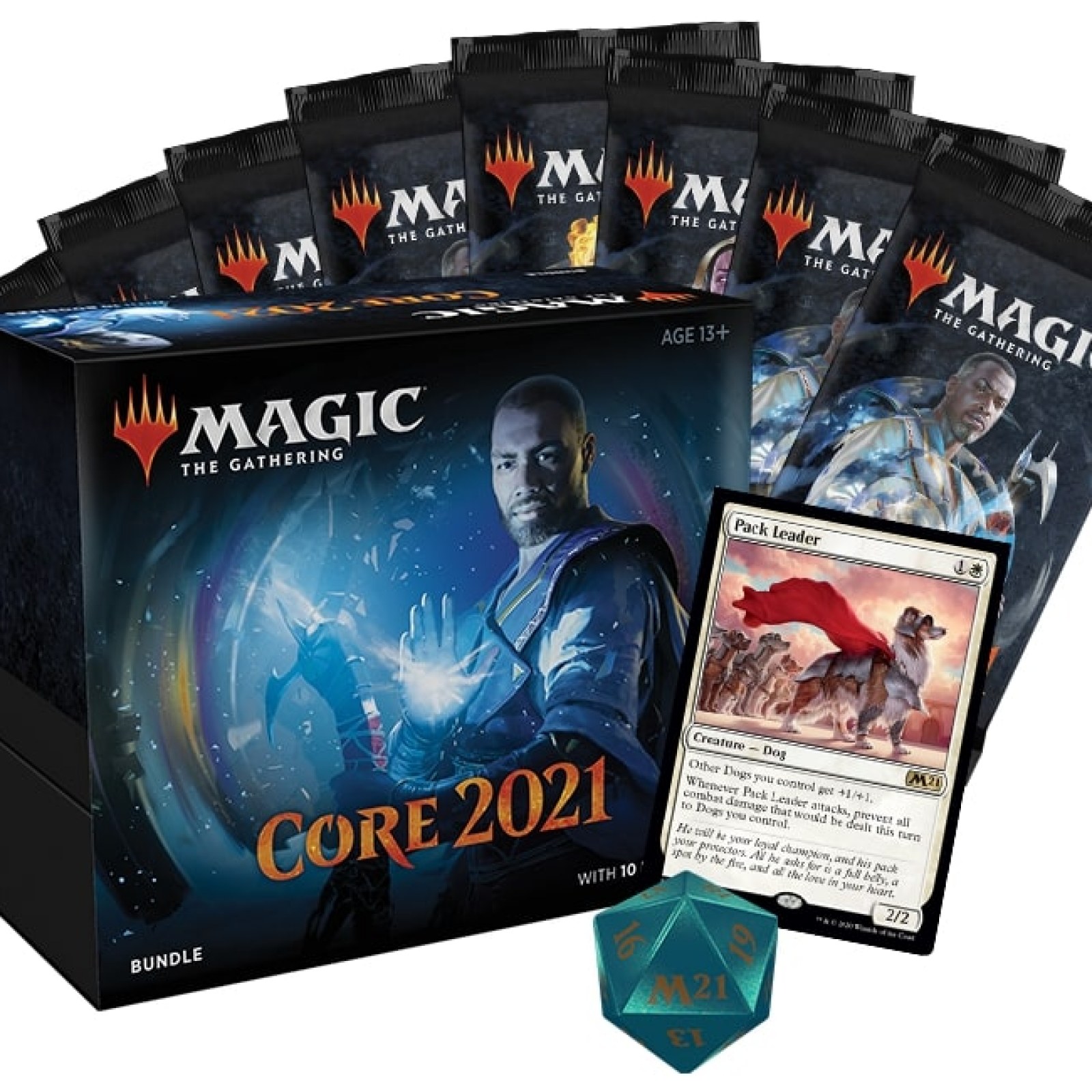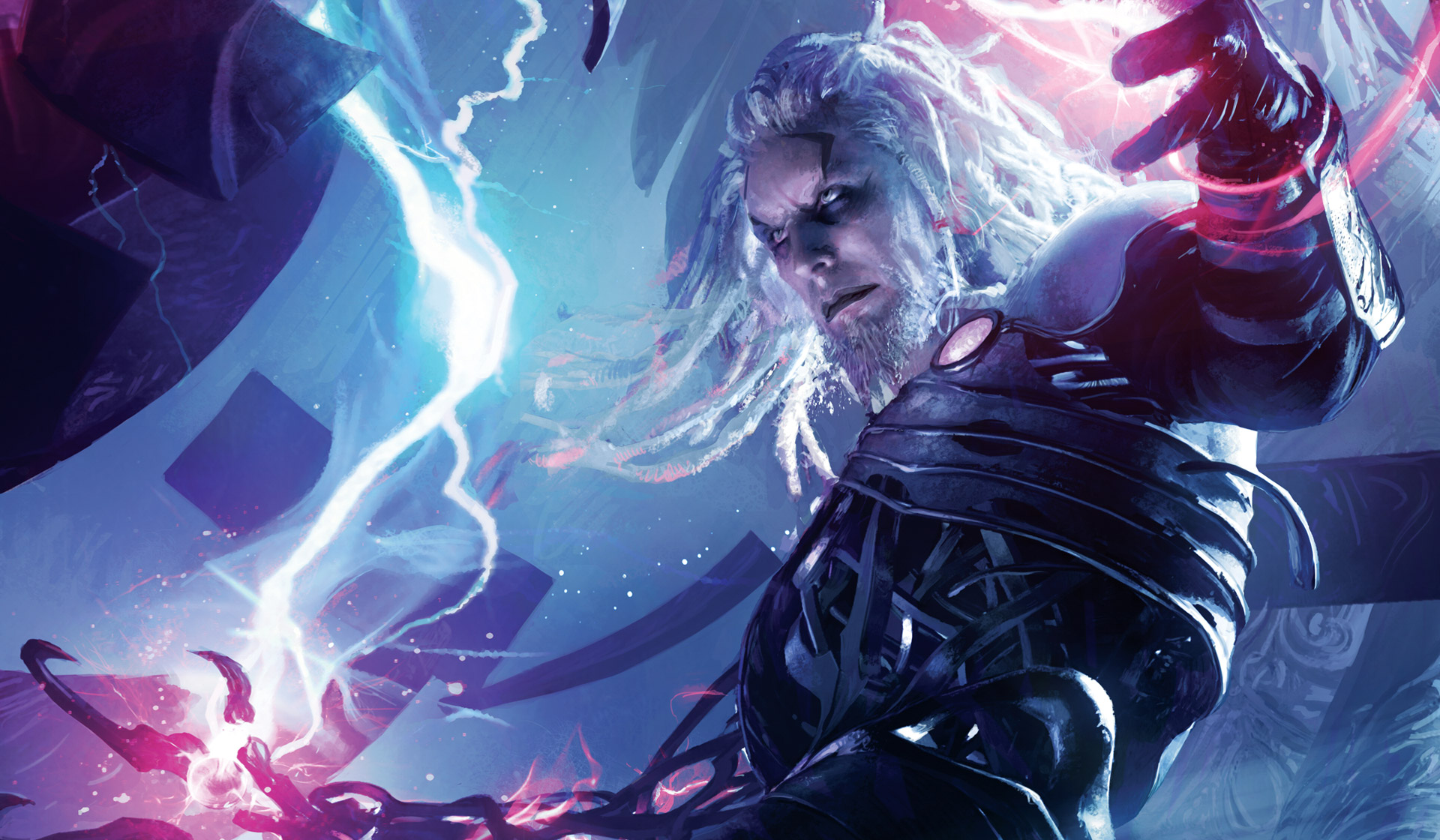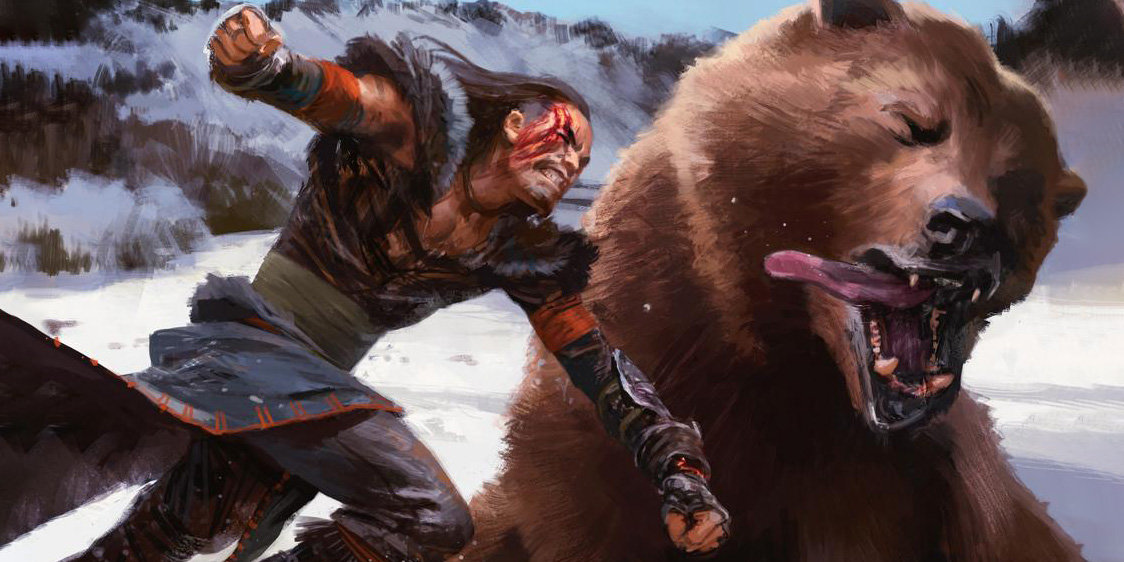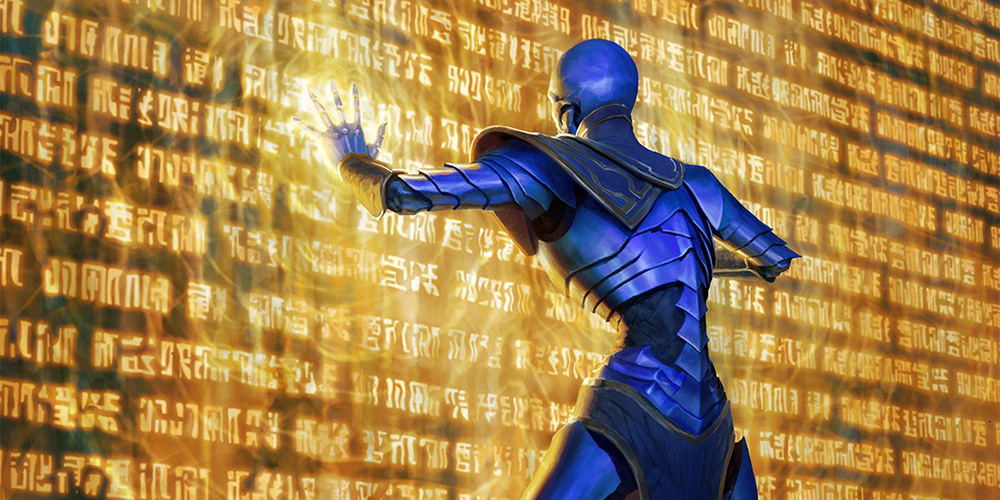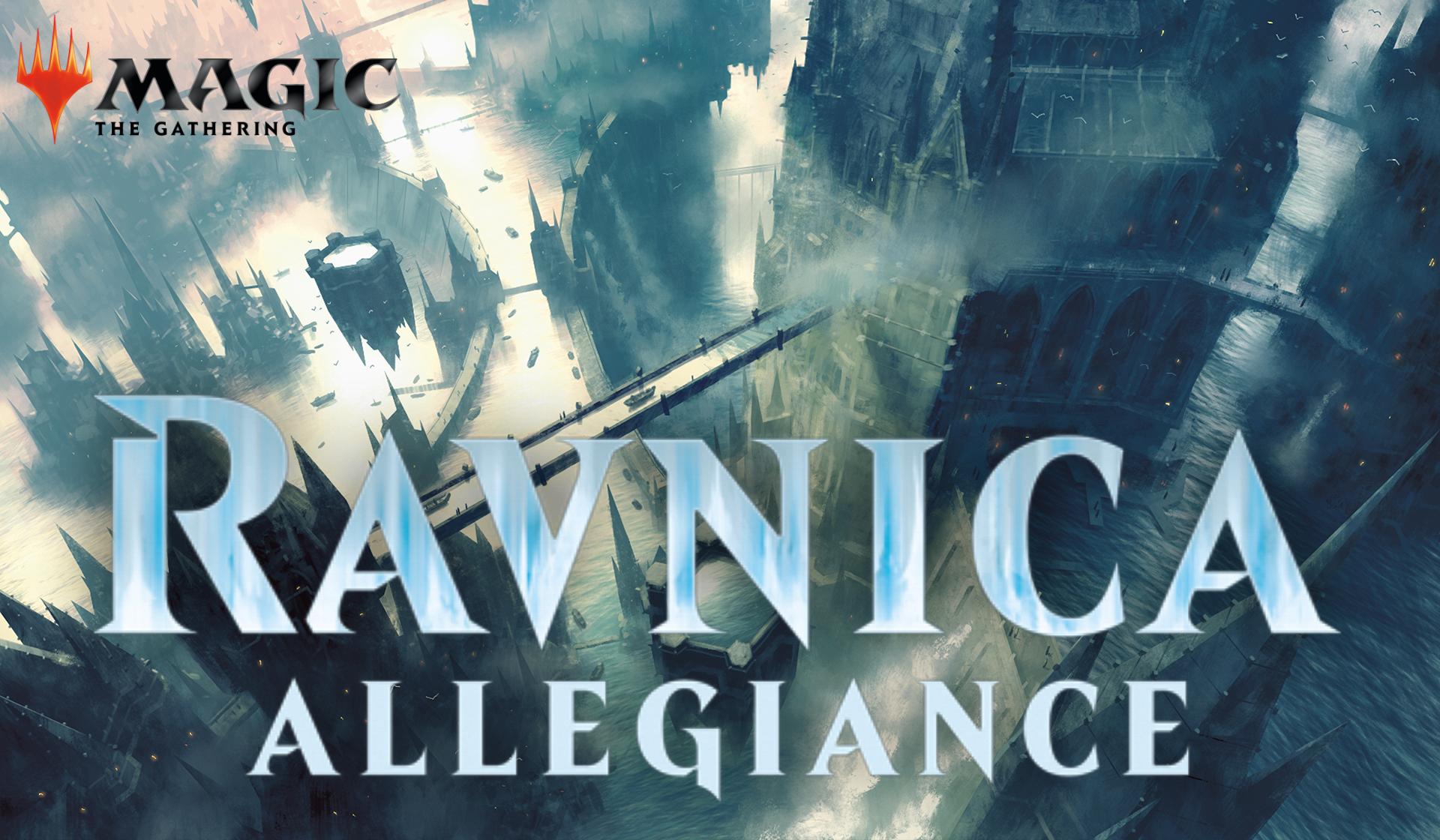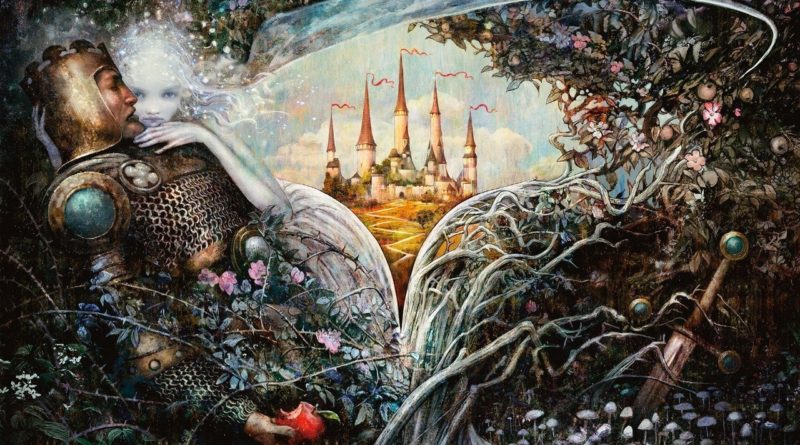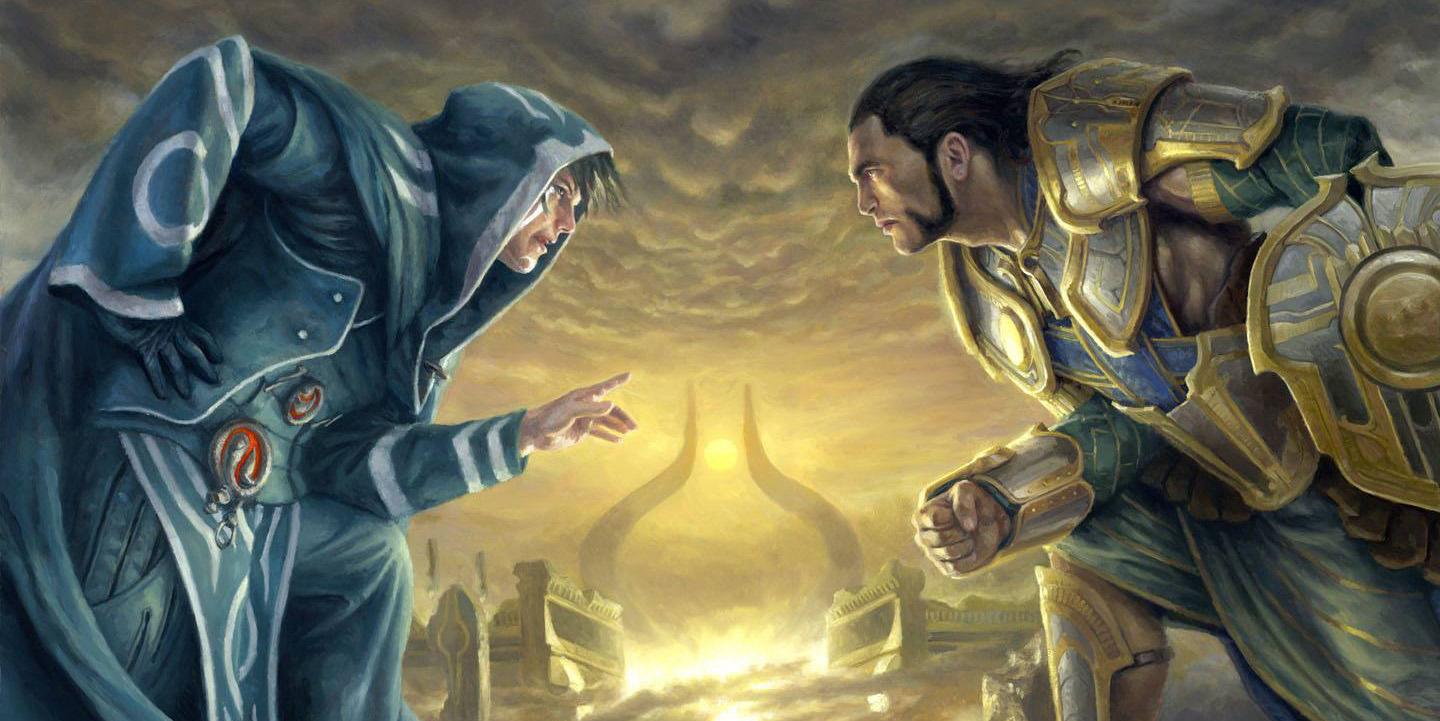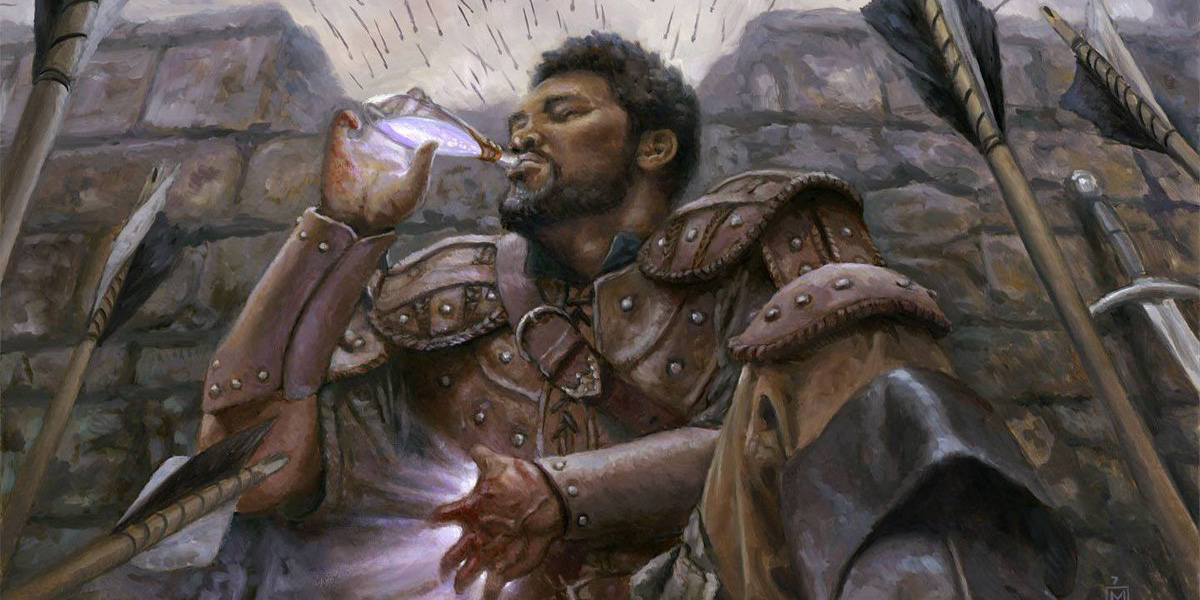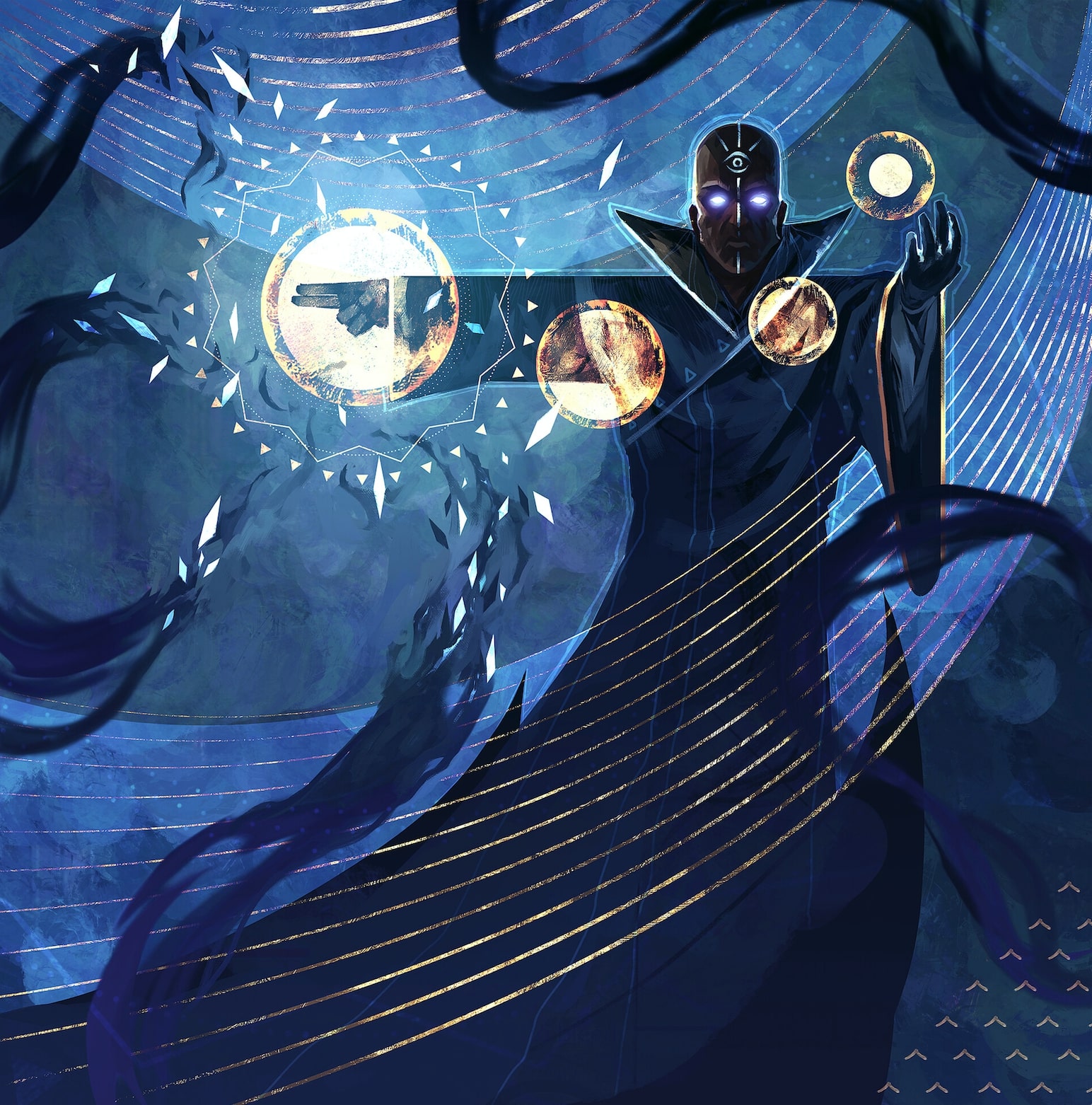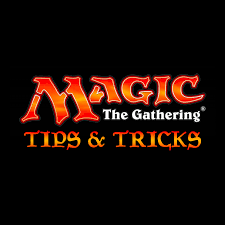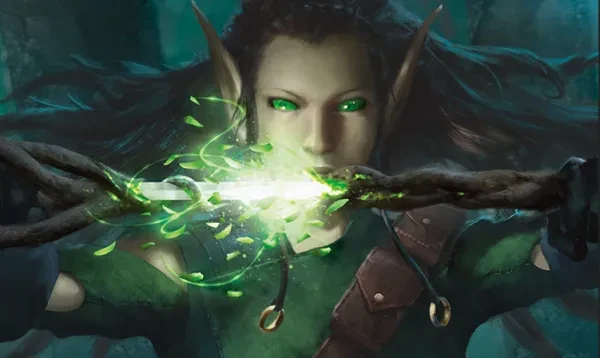
From Dominaria to Zendikar, the only tribe you're bound to find more of than goblins is elves. Even older players will remember the glory days of Llanowar Elves (and how many times WoTC has reprinted it). These days, Elves have made a massive resurgence. Aside from Commander decks built around the tribe, the deck is currently seeing a renaissance in standard competitive environments as well. Wizards have printed a few elves in each rotation. However, the support for the deck in this iteration of Standard is unique. The support carries over to the Historic format, where decks have a much wider card pool to draw from.
In the standard metagame, elves haven't been all that popular, with most people opting for more tuned lists. However, there are a few semi-competitive Historic lists that have made a showing. Golgari elves do have a decent shot at climbing the ladder, especially with its recent support in Kaldheim (KHM) set. Even in constructed events, few people will be expecting elves. Here, we'll cover some of the competitive elf lists that I've come across recently, as well as how to play them effectively.
1. Golgari Elf Tribal

The scourge of modern for a long time, Collected Company has come to historic
Elves usually come in black and green, so it's unsurprising to see a Golgari list in the set. However, seeing it in Historic is a bit strange. Historic has seen many shakeups recently, thanks to the inclusion of new cards in the set. Cards like Collected Company and Allosaurus Shepherd have made playing an elf deck in Historic quite viable. This deck was designed for best-of-three competitive play, and its card choices (and sideboard options) demonstrate that. It's not a budget deck by any stretch of the imagination, taking up a whopping forty-six rares. If you're a fan of elves, however, this one does offer a decent go-wide strategy.
What's Good About This Deck
- Historic format allows a broader card base to build from
- Collected Company is a powerful Magic card that doesn't see nearly enough play
- The main deck runs thirty-six elves, and ways to pump them in cards like Imperious Perfect, Dwynen's Elite, and Elvish Clancaller
- It's a power level most people don't get to see in Standard
How to Play This Deck Effectively
- This deck's strategy is based on going wide. Therefore, getting threats down every turn is essential.
- The exception to the rule is holding up threats against decks running board wipes.
- Your Overgrown Tomb comes in untapped if you shock yourself (let it deal you two damage). Sometimes, it's helpful to have the black mana untapped.
- Jaspera Sentinel and Llanowar Elves can be good mana ramping in the early part of the game. Llanowar is the better of these options in the early-game since it doesn't require you to tap another creature.
- Castle Garenbrig is also a perfectly serviceable mana ramping since it can turn four mana into six green. The “downside” is that this can only be used to cast creature spells.
- Rounding out the ramp is Elvish Archdruid. It's possible that, by time turn four, you could cast your Collected Company off of Archdruid's ability.
- Collected Company is an instant. Use it on your opponents' turn whenever possible. This approach is almost like giving your elves haste since they'll be able to attack on your next turn.
- Elvish Warmaster allows you to create a token every time whenever an elf enters the battlefield, but only once per elf ETB trigger. These tokens can be tapped with Jaspera sentinel to create mana, even if they have summoning sickness.
- The deck can go very wide and get in a lot of damage, but pumps like Allosaurus Shepherd and Elvish Warmaster's activated abilities can decrease the clock and ensure your opponents can't come back.
- Sideboard options allow swapping to deal with control lists with Thoughtseize. Scavenging Ooze deals well with graveyard strategies, and even though it's not an elf, it's a valuable addition because of the lifegain.
Decklist:
Deck
4 Allosaurus Shepherd
4 Blooming Marsh
4 Castle Garenbrig
4 Collected Company
4 Darkbore Pathway
4 Dwynen's Elite
4 Elvish Archdruid
4 Elvish Clancaller
4 Elvish Visionary
4 Elvish Warmaster
4 Forest
2 Imperious Perfect
4 Jaspera Sentinel
4 Llanowar Elves
4 Overgrown Tomb
2 Realmwalker
Sideboard
2 Crippling Fear
2 Heaven /// Earth
2 Reclamation Sage
2 Scavenging Ooze
1 Shapers' Sanctuary
2 Soul-Guide Lantern
4 Thoughtseize
2. Enemy Go Crunch - Green Elf Stompy

Craterhoof Behemoth could end a game the turn it comes down with no problem
This deck is another Historic deck, but it gets rid of the black altogether and focuses on a mono-green build. While it does leverage Collected Company and Allosaurus Shepherd like the previous build, it also uses some new, fancy toys from Historic. Craterhoof Behemoth is a must-have in any Elf deck since it could potentially end the game the turn it hits the field. It costs a bit to cast, but mana has never been a hurdle for elves. The 7-card sideboard comes in handy with the single Vivien, Arkbow Ranger. Her -5 ability allows you to search up a permanent from your sideboard and put it into your hand. The sideboard has an additional Craterhoof Behemoth as well as massive threats that could close out a game or salvage a win if the need arises. Finally, Finale of Devastation serves to tutor up the Craterhoof Behemoth if all else fails.
What's Good About This Deck
- Historic is a diverse format, and this deck will surprise many people since it's not strictly a meta-deck.
- Elves can be fun if they get off to a strong start. Several one-drops ensure that there's almost always a first turn play.
- If you like giant creatures coming onto the field or love seeing your creatures get pumped, this deck will be one of your favorites.
- It still runs staples for the elf deck like Collected Company but also has some surprises in the sideboard like Platinum Angel and Ulamog, the Ceaseless Hunger.
How to Play This Deck Effectively
- As noted before, you want to get your mana dorks down early. They'll help you to ramp into your threats much quicker. Since they're all elves, they also play into your gameplan
- The deck's strategy looks to close out the game by attacking with as many gargantuan elves as possible, potentially using Craterhoof for the final pump. Unless you have a Collected Company in hand, you should try to use all your mana to get threats on the board or drop that Craterhoof onto the field.
- Once you have enough threats, you'll be looking for that Craterhoof Behemoth. You can use Vivien to get it or tutor it up with Finale of Devastation if you can't draw into it.
- Don't be afraid to chump-block more substantial creatures with your elf tokens. Tokens are useful to go wider, but if your life total's at risk, it's better just to throw them in front of an attacker. Also, be aware of if your opponent's creatures have trample since you'll still get the leftover damage if that's the case.
- If they remove your Craterhoof before you can use it (like mill or discard usually does), all is not lost. Finale of Devastation can access your graveyard as well.
- Be wary of counterspells. They can wreck your deck. Instead, use creatures to bait out counterspells, and don't cast your Collected Company into open blue mana.
- Board wipes hit your opponent's blockers too, in most cases. If you have an open board, use Faceless Haven to chip in some free damage.
Decklist:
Deck
4 Allosaurus Shepherd
4 Castle Garenbrig
4 Collected Company
1 Craterhoof Behemoth
4 Dwynen's Elite
4 Elvish Archdruid
4 Elvish Clancaller
4 Elvish Warmaster
1 Faceless Haven
1 Finale of Devastation
4 Jaspera Sentinel
4 Llanowar Elves
18 Snow-Covered Forest
1 Vivien, Arkbow Ranger
Sideboard
1 Craterhoof Behemoth
1 End-Raze Forerunners
1 Meteor Golem
1 Ulamog, the Ceaseless Hunger
1 Shifting Ceratops
1 Carnage Tyrant
1 Platinum Angel
3. Hark, The Harald Elves (Standard)

Harald, King of Skemfar is an underrated Legend currently in Standard rotation
It’s Christmas in July! A step away from the Historic format shows us that Golgari Elves might be just as competitive in Standard. The meta hasn't realized the kind of havoc that elves could wreak, but that's mainly because sets like Eldraine (ELD) haven't rotated yet. This pile uses a combination of KHM cards with a handful of ELD cards to up the power level. Notably absent are cards like Plumb the Forbidden and Village Rites, giving potent card draw to the deck. However, Skemfar Avenger may fill the role nicely, turning each elf death into a card draw off the top. While there are no Strixhaven (STX) cards in this deck, it does seem to be a potent brew. The inclusion of Tyvar Kell is incredibly spicy since most players don't use him so often in the current meta.
What's Good About This Deck
- Elves in Standard could always use more love.
- There is a decent combination of removal and reanimation.
- There's a lot less mana ramping than other elf-based decks, but the low mana curve makes it less reliant on generating vast amounts of mana.
- The go-wide strategy is a little less potent than in Historic because of the card options available.
- It's a straightforward deck to learn how to play for new players.
How to Play This Deck Effectively
- It may be tempting to see Harald, King of Skemfar, as an essential card in the deck, but he isn't. Elvish Warmaster is. The tokens from Warmaster can win the game all on their own.
- There's a valuable strategy with Wildborn Preserver and Elvish Warmaster. Casting the Preserver on your opponent's turn nets you an elf token at instant speed. The elf token can trigger Preserver's ability, allowing you to dump extra mana into pumping it. That’s a pump-and-dump scheme that gives real profits. Additionally, casting it on your opponent's turn functionally gives it haste since it can attack on your next turn.
- Realmwalker is a helpful card to get elves off the top of your deck. If you're land-flooded, it helps you to gain card advantage.
- Harald Unites the Elves gives your creatures and planeswalker resilience. The first ability allows you to reanimate a target elf (either creature or planeswalker). The second ability grows your elves. The third ability is essentially a board-wipe if you swing with enough elves.
- Tyvar Kell turns all your elves into mana producers. He can also increase that amount and grow an elf in the process by untapping it, allowing you to double up on the mana from a single elf. His ultimate ability also allows you to draw cards off each elf spell you cast, potentially allowing you to cast most of your deck.
- Skemfar Avenger is good for early-game card-draw. Don't be afraid to block with your nontoken elves since they'll draw you cards if they die. You can reanimate them later with Harald Unites the Elves.
Decklist:
Deck
3 Harald, King of Skemfar
3 Tyvar Kell
7 Forest
2 Bloodchief's Thirst
4 Skemfar Avenger
4 Realmwalker
4 Jaspera Sentinel
2 Heartless Act
4 Wildwood Tracker
3 Harald Unites the Elves
4 Fabled Passage
4 Elvish Warmaster
4 Darkbore Pathway
5 Swamp
2 Castle Locthwain
2 Castle Garenbrig
3 Wildborn Preserver
4. Golgari Massacre (Standard)

Massacre Wurm is among the scariest threats players are likely to encounter in Arena
Golgari has some valuable tools to offer in Standard for best-of-three competitive play as well. In many cases, players will find that their Elf decks have issues dealing with control piles. This interaction has been the case in Magic ever since the game was first developed. However, with a good sideboard tech, you can sidestep your opponent's ability to deal with your massive elf board. This deck uses some of the same cards as the previous one in its mainboard. However, it switches into different modes depending on what it's up against. The sideboard offers a lot of removal and hand destruction, making it useful in a wide variety of scenarios.
What's Good About This Deck
- The deck runs much fewer rares and mythics than other decks. So while it's not budget, it's less wildcard-intensive than other piles.
- Elder Gargaroth and Massacre Wurm as threats make it unique in its approach to winning. Instead of relying on a blowout turn from Elvish Warmaster, it also packs removal and resilience in its significant threats.
- To give it a better chance against control decks, it runs a handful of copies of mainboard Elderfang Disciple, which is helpful as a discard spell.
- The indestructible Toski, Bearer of Secrets, allows for card draw with each successful elf swing. He unfortunately can’t block, since he has to attack every turn.
How to Play This Deck Effectively
- This deck is a bit more complex than the previous ones. Its mainboard plan seems to be to play on the curve and get up to a bomb like Tyvar Kell, Elder Gargaroth, or Massacre Wurm as quickly as possible.
- Jaspera Sentinel can use the tokens from Elvish Warmaster, even if they have summoning sickness on them.
- Blocking or attacking with Elder Gargaroth gives you a choice of card advantage, life gain, or a token. In most cases, you'll choose the card draw, but the others are good options as well.
- Massacre Wurm deals damage to your opponent whenever a creature they control dies. This ability can turn a board wipe into a devastating attack. Fortunately, most opponents down the ladder have probably never seen the interaction and will try to wipe your board along with their creatures. Each one they kill will deal them two damage, even if Massacre Wurm dies in the wipe.
Decklist:
Deck
4 Murderous Rider
1 Eat to Extinction
1 Massacre Wurm
2 Elder Gargaroth
4 Llanowar Visionary
1 Temple of Malady
4 Elderfang Disciple
3 Skemfar Avenger
1 Skemfar Shadowsage
4 Elvish Warmaster
4 Jaspera Sentinel
4 Masked Vandal
1 Realmwalker
1 Toski, Bearer of Secrets
2 Tyvar Kell
4 Harald, King of Skemfar
1 Darkbore Pathway
9 Swamp
9 Forest
Sideboard
1 Sorcerous Spyglass
1 Erebos's Intervention
1 Shadowspear
3 Feed the Serpent
4 Broken Wings
1 Weathered Runestone
4 Duress
5. Jund Elvish Reanimator

Radha, Heart of Keld stars in this reanimator list
Everyone likes recycling, am I right? We've already seen how intense playing a Golgari build of elves can be, but what about if you mix a little red in there? Jund Reanimator seeks to use Elvish synergies along with the ability to bring them back from the graveyard. Usually, reanimator spells cost five mana or more. This deck runs Call of the Death Dweller, which brings back up to two smaller creatures (with a total mana value of three or less) from the graveyard. The spell also assigns counters to these creatures (menace and deathtouch can be put on either of them). It also has a surprising inclusion in Radha, Heart of Keld, and Klothys, God of Destiny. The plan uses elves primarily, but it seems to have a major land focus, finally winning through going wide or making Radha incredibly huge so that she wins the game all on her own.
What's Good About This Deck
- Radha is one of the least expected cards in standard Magic. She'll surprise most opponents.
- The deck uses Witherbloom Command as a modular spell that helps to balance what it's doing.
- Vivien, Monster's Advocate, is a valuable tool to help with spot removal and card advantage.
- Klothys offers resiliency and graveyard control in a single package.
How to Play This Deck Effectively
- The Wildborn Preserver/Elvish Warmaster combo is present in this deck. Unlike others, the sheer amount of lands you're likely to have will ensure you have mana to throw into the Preserver.
- Don't be afraid to attack with Radha, but be wary when blocking. She has first strike while attacking, and her pump ability should be doable on turn four, with the proper setup.
- Agadeem's Awakening is the other reanimator spell the deck is packing. In a pinch, it doubles as a land, but its true power is on the spell-side. Multiple cards can come back from your graveyard if X is three or four.
- Use Witherbloom Command to control the field or drain your opponent if needs be. If you're short on land, use the mill ability to get one back from the graveyard. It's a card that can be useful in several situations.
- Elvish Warmaster is still a great card, but Radha is the star of this deck. Your reanimation should focus on getting her back if you need to. Luckily, Agadeem's Awakening can bring back both.
Decklist:
Deck
3 Wildborn Preserver
3 Wildwood Tracker
3 Klothys, God of Destiny
2 Vivien, Monsters' Advocate
2 Call of the Death-Dweller
2 Heartless Act
2 Radha, Heart of Keld
3 Fabled Passage
2 Agadeem's Awakening
4 Cragcrown Pathway
4 Elvish Warmaster
3 Jaspera Sentinel
2 Harald, King of Skemfar
3 Harald Unites the Elves
4 Blightstep Pathway
4 Darkbore Pathway
4 Canopy Tactician
3 Witherbloom Command
3 Swamp
1 Mountain
3 Forest
What Elf Deck Should You Play?
The choice of a deck comes down to what you like playing and what cards you have available. If you want to experience truly powerful (like scary powerful) elves, Historic is your format. You can go either mono-green or Golgari and pick up some easy wins. If you prefer something less powerful and only have access to the last few sets, standard elves are still a viable (and neglected) archetype. So what are you waiting for? It's time to throw your elfball at people!

